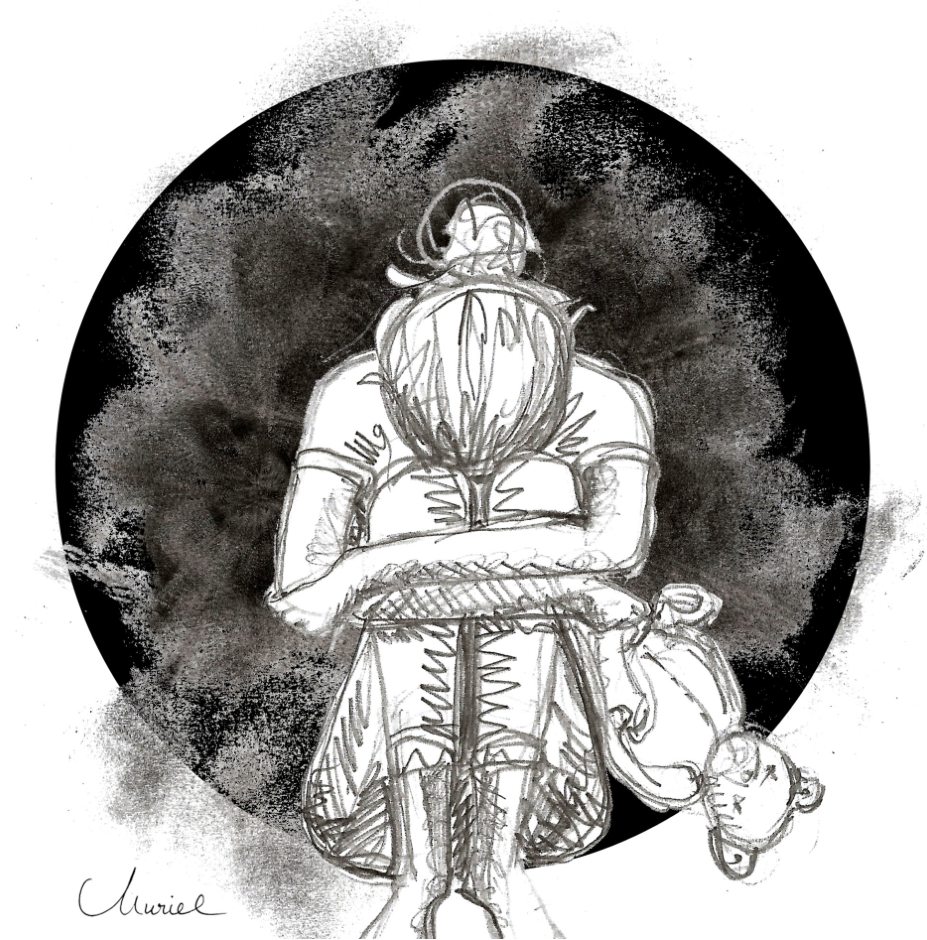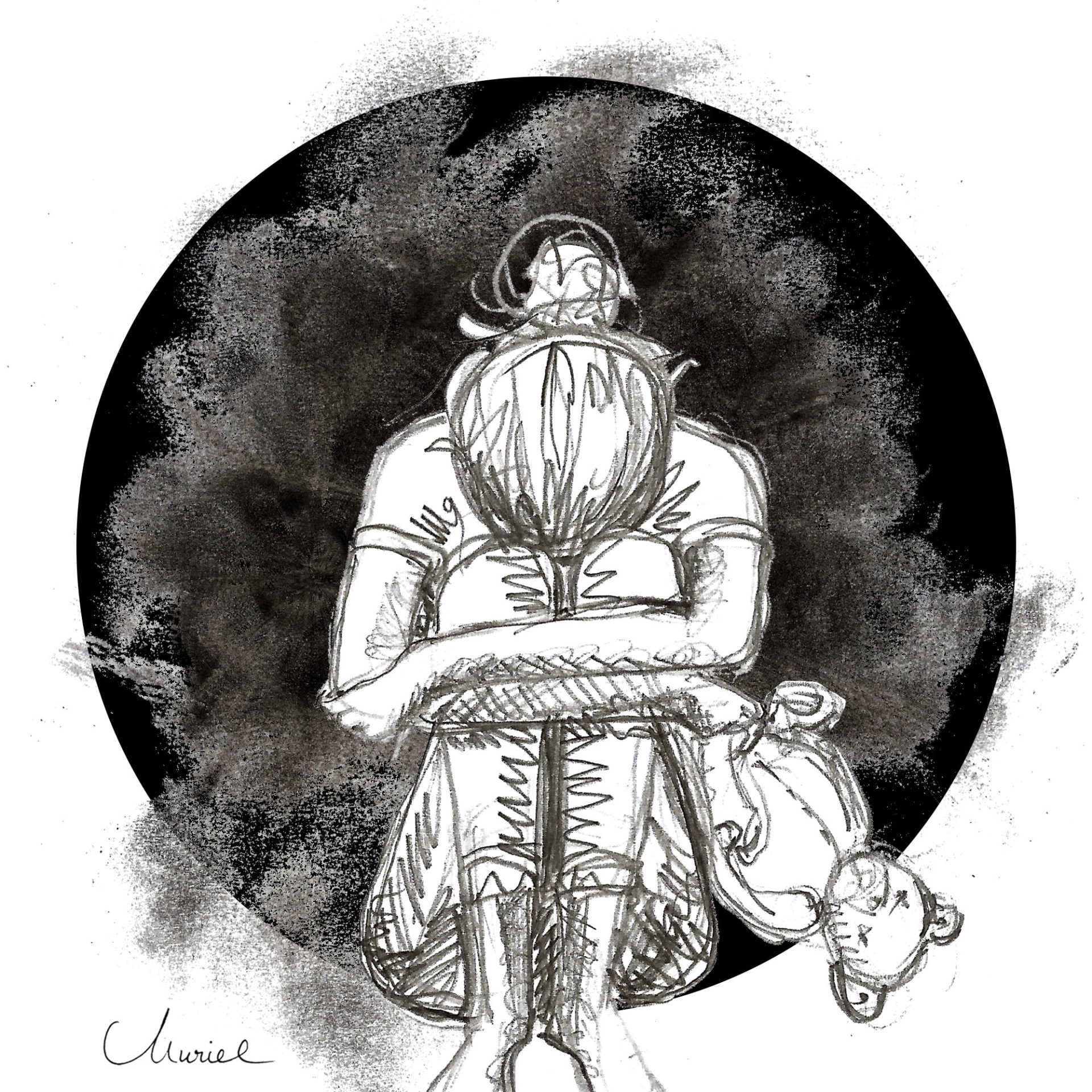How to move forward after a traumatic experience having a child. Therapist Emma Parr reports on post childbirth Trauma.
I believe there are potentially mothers who have had very traumatic experiences while pregnant, giving birth and in the early stages of life with a baby (post childbirth trauma) that have been missed and undiagnosed.
What is trauma and how do we know if we have been in a situation that has caused it?
As we experience a threat, (trauma), to our survival, for example during labour; our limbic system, is activated. This system which holds the hippocampus, processes information and the amygdala, processes emotion, reacts starting our fight, flight, freeze response. This area of the brain is in constant communication with the cortex, the outer layer of the brain, which is used to rationalise. The hippocampus is highly vulnerable to stress hormones like adrenaline and when these hormones are at a very high level the hippocampus can’t function. The impact of the hippocampus not working, means the communication between it and the cortex breaks down. We are now in a state of hyper-arousal, with too many stress hormones flooding us and the possibility of using our rational brain to help us calm down and make sense of what is going on impossible.
When a traumatic event happens the memory stays in the cortex but because the emotions and the memory are separate from each other, we still can’t rationalise. There are a number of symptoms of trauma or PTSD (post-traumatic stress disorder) which may help you consider where you are with trauma. Do you avoid situations or things that remind you of an event? When you remember an event do you feel sick, numb physically and/or emotionally, on edge, tense? Perhaps you only remember snippets of the event/birth.

When a mother has a traumatic birth, it impacts them not only at the time but through the course of raising that child. There may then come a time when another child is wanted in the family. How is it possible to have or perhaps even want another child after experiencing trauma? Is it possible to have a different experience with the weight of past trauma?
Working with trauma is complex and needs to be done in a contained and safe way. The client is always in the driving seat, with me the therapist, sitting beside them supporting them to navigate the road they are on.
If you would like further information on PTSD, go to www.ptsduk.org
emmaparr.net emma@emmaparr.net




